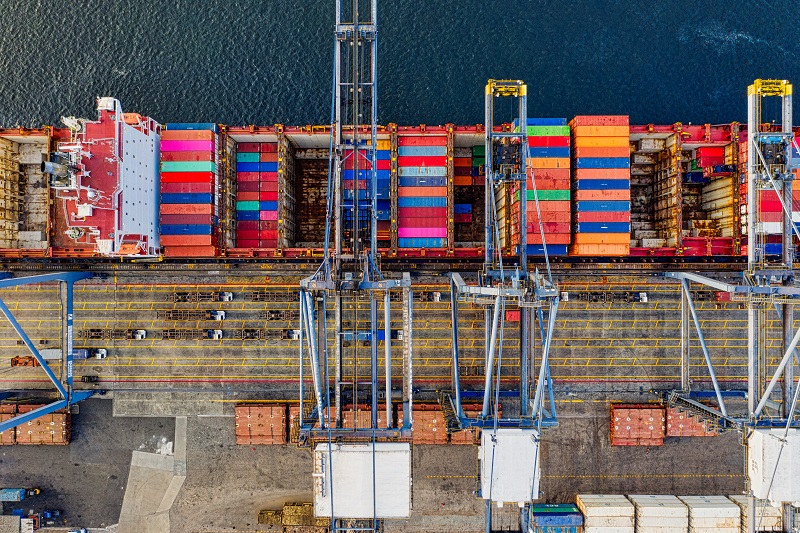Last week we highlighted the impact of the Coronavirus across Australia’s supply chain and production networks. It’s important to recognise that China is Australia’s largest trading partner for both imports and exports. Though it is difficult to predict the exact consequences of the virus on Australia, impacts across product production and supply chains are already being felt.
The challenges
> Materials shortages.
> Labour reduction: workers quarantined in alignment with Chinese government guidelines.
> Logistics: supply and transportation networks may experience limitations in capacity and availability so that even if materials are available, they won’t be easily transported and could be delayed due to quarantine requirements.
The global impact
94% of the Fortune 1000 are seeing coronavirus supply chain disruptions. Closer to home, supermarket giant Coles has expressed increased concerns over stock and equipment delivery delays from China. Equipment such as refrigerators and products such as antibacterial hand washes, hand sanitisers are already low in stock, and there are shortages for items like stationery, clothing and electronic goods.
Product shortages are visible across a range of wholesaler and retailer shelves, with stores such as JB Hi-Fi and Harvey Norman experiencing significant disruption to their supply of computers, televisions and smartphones.
The likes of Apple and Amazon are also feeling the pain. Apple is reliant on the Chinese mainland for parts and assembly, and Amazon relies heavily on products from third-party merchants based in China.

